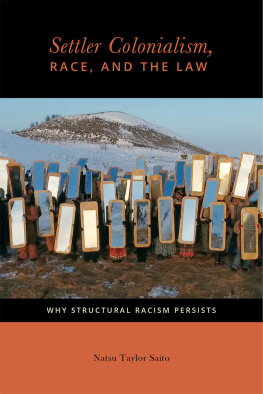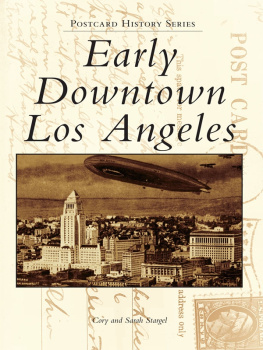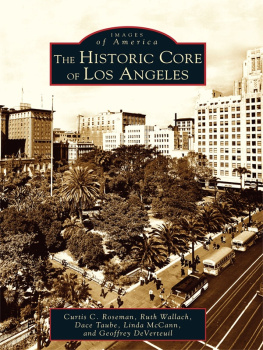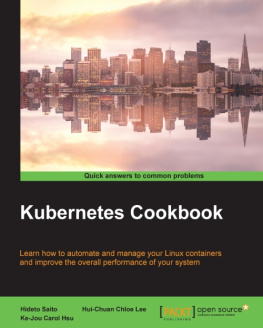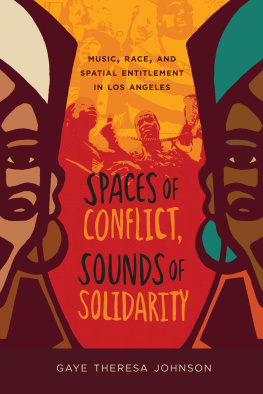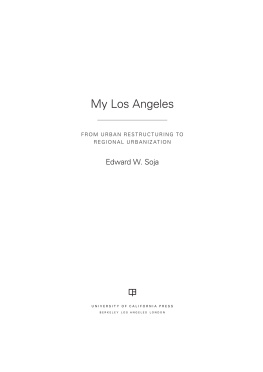BUILDING DOWNTOWN LOS ANGELES
The Politics of Race and Place in Urban America
Leland T. Saito
Stanford University Press
Stanford, California
Stanford University Press
Stanford, California
2022 by Leland T. Saito. All rights reserved.
No part of this book may be reproduced or transmitted in any form or by any means, electronic or mechanical, including photocopying and recording, or in any information storage or retrieval system without the prior written permission of Stanford University Press.
Map 5.1 Saito, Leland, and Jonathan Truong. The L.A. Live Community Benefits Agreement: Evaluating the Agreement Results and Shifting Political Power in the City. Urban Affairs Review 51, no. 2 (2015): 26389. https://doi.org/10.1177/1078087414527064.
Printed in the United States of America on acid-free, archival-quality paper
Library of Congress Cataloging-in-Publication Data
Names: Saito, Leland T., 1955- author.
Title: Building downtown Los Angeles : the politics of race and place in urban America / Leland T. Saito.
Description: Stanford, California : Stanford University Press, 2022. | Includes bibliographical references and index.
Identifiers: LCCN 2021051934 | ISBN 9781503632394 (cloth) | ISBN 9781503632523 (paperback) | ISBN 9781503632530 (ebook)
Subjects: LCSH: City planningCaliforniaLos Angeles. | Urban renewalCaliforniaLos Angeles. | GentrificationCaliforniaLos Angeles. | MinoritiesCaliforniaLos Angeles. | Central business districtsCaliforniaLos Angeles. | Los Angeles (Calif.)Race relations.
Classification: LCC HT168.L6 S257 2022 |
DDC 307.1/2160979494dc23/eng/20211022
LC record available at https://lccn.loc.gov/2021051934
Cover design: Brad Norr Design
Cover photo: iStock
Table of Contents
Acknowledgments
The idea for this book emerged in 2001 when I picked up the Los Angeles Times and read about the L.A. Live Community Benefits Agreement, a key part of this project. The roots of this book, however, began much earlier because so many people have contributed to my thinking on this project through their research and/or our conversations. I deeply regret not including some of the key people who have helped me, but this project has spanned two decades and some of the names escape me.
The analysis that frames this book began during my time as a graduate student at the University of California, Los Angeles (UCLA), researching Monterey Park with my adviser, John Horton, and student research team Jos Calderon, Mary Pardo, and Yen Fen Tseng. Others at UCLA who helped me with my dissertation include David Lopez, Don Nakanishi, and Paul Ong. Leaving UCLA, I was fortunate to join the Ethnic Studies Department and Urban Studies Program at UC San Diego and worked with Charles Briggs, Steve Erie, Yen Espiritu, Ross Frank, Ramon Gutierrez, George Lipsitz, Lisa Lowe, and Cecil Lytle. At the University of Southern California (USC), my education continued with Nina Eliasoph, Jeffer Giang, Ruth Wilson Gilmore, Elaine Bell Kaplan, Dorinne Kondo, Josh Kun, Paul Lichterman, Viet Nguyen, Pierrette Hondagneu-Sotelo, Mike Messner, Natalia Molina, Ann Owens, Rhacel Parrenas, Manuel Pastor, Laura Pulido, John Rowe, George Sanchez, Nayan Shah, Jody Agius Vallejo, and Janelle Wong. I worked with so many wonderful graduate students, including our reading group on race with Jennifer Candipan, Robert Chlala, Alfredo Huante, Hyeyoung Kwon, May Lin, Belinda Lum, Hoesta Moehahne, and Lizette Solarzano. Our incredible office and academic staff have created a great environment and include Sonia Rodriguez Flores, Melissa Hernandez, Kitty Lai, Stachelle Overland, Jujuana Preston, and Amber Thomas. I was fortunate to work with many undergraduate and graduate students who provided valuable ideas and data including Efrain Escobedo, Lona Lee, Jennifer Muldar, Ryan Steers, Jonathan Truong, Daniel Wu, and Karen Yonemoto. For talking to me about New York City, I appreciate the help of John Mollenkopf, Norman Oder, and Laura Wolf-Powers. At conferences, I have benefited from interactions with so many people, including Eduardo Bonilla-Silva, Angie Chung, Michael Jones-Correa, Joe Feagin, Jan Lin, John Logan, Michael Omi, Howard Winant, and Linda Trinh Vo. Although so many people provided important contributions to my analysis, I would like to emphasize the work of Alfredo Huante, George Lipsitz, and Manuel Pastor.
Members of community organizations and corporations that I followed and questioned during fieldwork showed real patience and cooperation. These include Joe Donlin, Gilda Haas, Sandra McNeill, Lizette Hernandez Moore, Martha Saucedo, Cynthia Strathmann, and Ted Tanner. Los Angeles city staff provided invaluable assistance with gathering material, especially Kevin Keller and Esther Morris. I appreciate funding from the Haynes Foundation, USC Equity Research Institute, and USC Lusk Center for Real Estate. At Stanford University Press, I am so thankful for Marcela Maxfield, who guided this project through the publication process, and Sunna Juhn, who handled so many critical tasks.
My family has provided the constant and loving support that has made my work possible. My parents, George and Clara Saito. Sonia Ruan, my spouse, and her mother Eliacer and son Alexei. My sister Nadine Tateoka and her extended family, Paul, Joseph, Elise, Benjamin, Alison, Parker, Charlie, Lyla, Anthony, Oliver, Niko, Gianna, and Alexa. My sister Wendy Saito and Albert and Sofie. Sonia and I talk about this as our book because the work is felt in both our lives and gets done because of Sonias many contributions.
Introduction: Racial-Spatial Formation
Broadway, a major street in downtown Los Angeless historic commercial and business district, had a vibrant and active street life in the 1970s and 1980s because of its popularity among Latin American immigrants. Surprisingly, Broadway at that time had retail sales per square foot equaling those of the world-renowned site of luxury shopping and tourism, Rodeo Drive, located across town to the west in Beverly Hills (Turpin 1986a). Matching the vision of urban planners, a majority of the Broadway shoppers arrived by public transportation, with 67 percent using the bus, in contrast to shoppers on Rodeo Drive who primarily used their own cars or limousines provided by the stores (Turpin 1986a:VII1).
In discussions on how to revitalize downtown Los Angeles, however, why did city officials and downtown boosters, rather than celebrating Broadway, lump it into characterizations of downtown as the hole in the doughnut (Khouri 2015:C4), an empty place after workers in the skyscrapers abandoned the area and fled to their suburban homes? I suggest that it is because the Broadway shoppers were primarily low-income and working-class Latin American immigrants, rather than the explicitly favored affluent consumers and residents that filled the visions and imaginations of downtown boosters when they pictured their ideal downtown. While it is not always clear if contemporary urban planners implicitly or explicitly favor Whites, these visions and strategies that favored affluent Whites over lower income racial minorities, I contend, are rooted in the history of racially exclusionary policies and images embedded in US society of ideal residents as affluent Whites, in contrast to the negative images of lower-income racial minorities (Lipsitz 2011; Rothstein 2017).
The public discussion and city policies around Broadway reveal the complexity of race and public policies connected to place in urban America. Shoppers packed the sidewalks of Broadway, and while their individual purchases were smaller than those in Beverly Hills, more shoppers making more purchases contributed to the high sales totals per square foot on Broadway (Turpin 1986a). The lively street-level activity, however, concealed the empty, unused upper floors in many of the buildings along Broadway, which posed a major concern for property owners and city officials who wished to increase the economic activity in the neighborhood, property values, and tax revenues.


